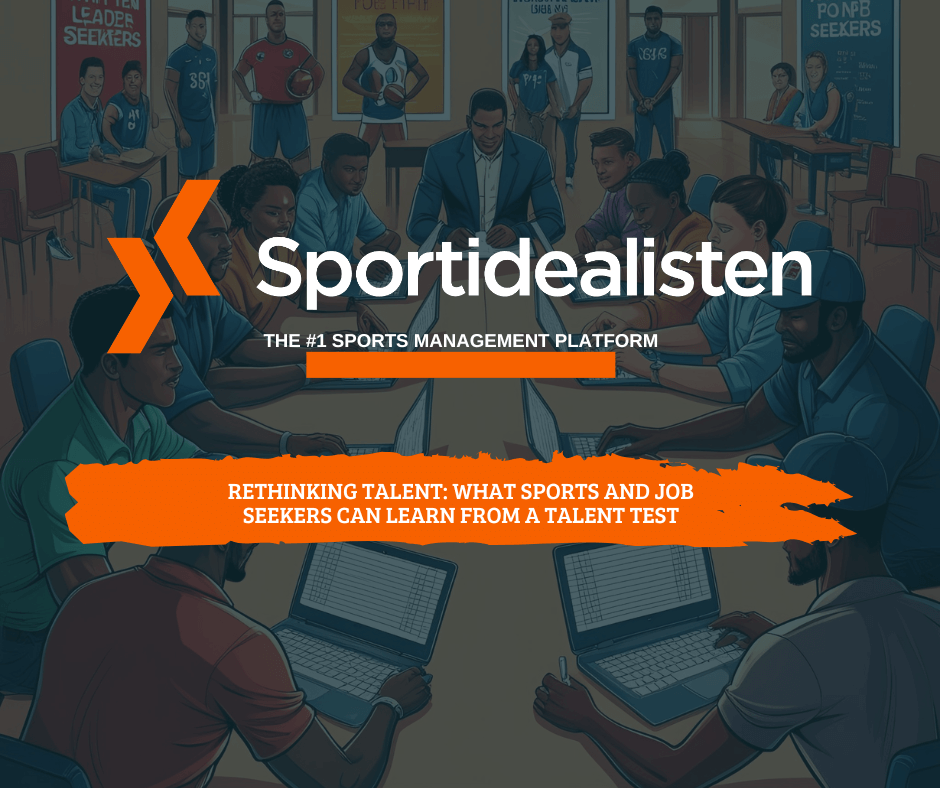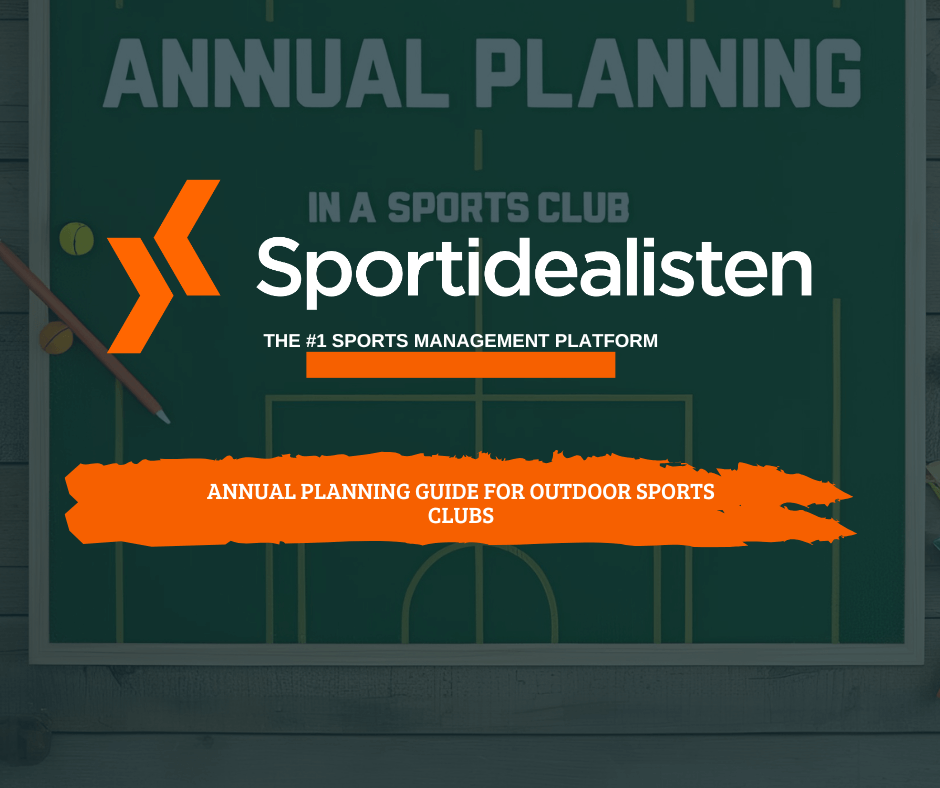Navigating the competitive sports industry requires strategic use of LinkedIn to enhance your job search. By leveraging advanced search techniques, decoding job descriptions, optimizing your profile with targeted keywords, and networking effectively, you can significantly increase your visibility to recruiters and connect with valuable opportunities. Whether you’re just starting out or looking to make a career move, these LinkedIn strategies are essential for standing out in the sports job market.
1. Advanced LinkedIn Profile Search Using Google
- Overcoming LinkedIn Search Limits: LinkedIn often restricts the number of searches you can perform, especially if you’re a free member. A useful workaround is to use Google search operators to find LinkedIn profiles more effectively.
- How to Execute:
- Use the Google search operator
"site:linkedin.com/in"to filter results to LinkedIn profiles only. - For example, if you’re looking for sports marketing professionals in New York, you could search for:
"site:linkedin.com/in sports marketing new york". This will provide direct links to relevant LinkedIn profiles without LinkedIn’s search restrictions.
- Use the Google search operator
2. Decoding Job Descriptions in the Sports Industry
- Interpreting ‘Years of Experience’:
- Job descriptions often list specific years of experience required, but this isn’t always a strict rule. For example, if a sports management position asks for “3-5 years of experience,” a candidate with just 2 years of significant achievements might still be considered.
- Understanding Job Titles:
- Job titles can vary greatly between companies. A “Coordinator” in one sports organization might have responsibilities equivalent to a “Manager” in another. Focus on the responsibilities and requirements rather than getting caught up in the title.
3. Effective Job Searching on LinkedIn
- Include a Current Role Even If Unemployed:
- If you’re currently between jobs, add a title that reflects the position you’re seeking, like “Aspiring Sports Coach” or “Freelance Sports Journalist.” This increases your visibility to recruiters who search by current roles.
- Utilizing Alumni Networks:
- Tap into your college or university’s alumni network via LinkedIn. Your connection to fellow alumni can provide insider advice, industry insights, and potentially job leads or referrals. Use LinkedIn’s university pages to search and connect with alumni in the sports industry.
4. Networking Tips During Challenging Times
- Specificity in Networking:
- When reaching out to sports industry professionals, be clear about why you’re contacting them. Mention specific aspects of their career or expertise that you admire and explain how their insights could benefit you.
- Time Management in Networking:
- Respect the time of the person you’re contacting by being concise. Think about what you genuinely want to learn from them and include those questions in your message.
- Show Appreciation:
- Always express gratitude for their time and advice. Follow up after your interaction to let them know how their guidance helped you, which keeps the door open for future interactions.
5. Keyword Optimization for Your LinkedIn Profile
- Optimizing for Recruiters:
- Use keywords that recruiters in the sports industry are likely to search for. This includes specific roles like “Sports Analyst” or “Athletic Director,” and skills like “sports management” or “athletic training.”
- Where to Include Keywords:
- Incorporate these keywords into your LinkedIn headline, summary, and job titles. This ensures your profile ranks higher in search results when recruiters or potential employers are looking for candidates with your skills and experience.
By following these strategies, you can effectively navigate LinkedIn and the broader job market in the sports industry, enhancing your visibility and connecting with opportunities more efficiently.
If you liked this article, may want to read these:
How to Write a Convincing Resume






6 thoughts on “LinkedIn profile optimization and job search strategies in sports”